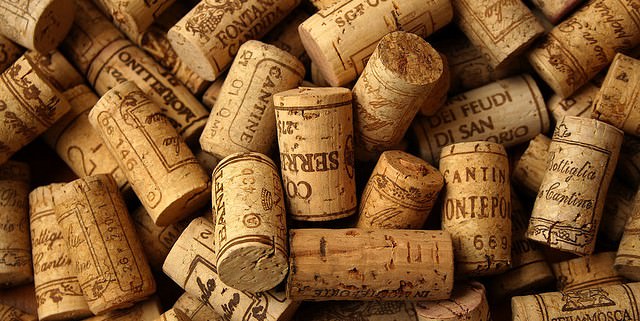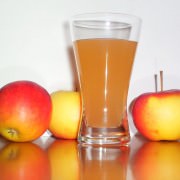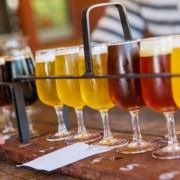Start Selling Wine Every Day
On the surface, selling wine seems easy. Your guests come into your restaurant ready to spend money and have a great night, but somehow, when their server gets to the table, your guests choose not to order wine, opting instead for something flashy, like a cocktail; sturdy, like a beer; or choosing the conservative route and going with a non-alcoholic drink. As a restaurant owner or manager, this situation can get stressful because you didn’t allocate funds to stock a lovely looking wine cellar, you planned on selling every last drop of the wine you ordered. But you can’t do that unless every one of your tables sees wine as a necessary complement to their meal—not as an added expense meant for special occasions. Here’s how to convince your guests that at your restaurant, wine is an everyday thing.
*Note: These tips can also be used for other alcohols on your menu.
Highlighting Everyday Wines on Your Menu
When writing your wine descriptions, take careful note of what tone you’re using. Many restaurant owners or managers feel the need to make their wine list sound impressive, and this is usually done to justify the price. However, what about for your less expensive wines? Do you still have to justify the price then?
Your wine list tone doesn’t have to be consistent, and you may increase your sales by varying your tone to match your prices. This makes lower-priced wine more accessible and understandable to people with lower budgets, and if you write the wine menu well enough, your writing may even add psychological value to all your wines, no matter the price.
How to change your tone:
For your lower-priced, everyday wines, ensure that your descriptions are understandable, even for the previously uninitiated. Millennials are starting to buy wine in vast quantities, and these lower-priced bottles should speak directly to them. What do Millennials want in their wine descriptions? They want clear language and humor.
Go ahead and toss all the standard wine lingo from your less expensive bottles by replacing “acidity” with “zest” or “mouthfeel” with “texture” or “meatiness/thickness/weight”. Add in humor, making some off-the-wall comparisons.
For the expensive bottles, your tone should be different. It’s safe to assume that the people who purchase your top-shelf wines either know a lot about wine, or want to pretend that they know a lot about wine, so these descriptions should reflect standard wine terminology. On these bottles, make sure to discuss the mouthfeel, the acidity, the nose, the tannins, and whatever else you feel is important to highlight.
Selling Everyday Wines
Not only should you speak about everyday wines differently, you should also sell them differently. If you want a food menu item to become a standard at your restaurant, you throw it on the specials menu and your sales go up because people view it as having a high value.
This same principle works with your wine sales. If you offer a lower-priced wine on the specials menu each week (or each day), your diners are sure to view that wine as a value and will order it just because they can.
Don’t believe me? Consider how you sell your beer. Beer has become an everyday drink—very few Americans think twice about coming home after work and popping open a beer while looking in the fridge to plan their dinner. However, people don’t seem to have that mindset with wine.
But you can change that.
If you structure your wine specials like beer specials, your guests will begin to perceive them both as casual, everyday drinks. Try offering a “wine of the month” to highlight alongside your beer of the month, and see if you can work any of these ideas into your menu:
- Monday night $5 glasses of wine
- Tuesday night chianti and spaghetti night
- Wednesday night wine flights
- Thursday night whites (or reds) 30% off
Keep them coming back—day after day
We’ve spoken about loyalty programs in the past on this blog, but have you considered using your loyalty club as a wine club? You can offer tasting events for wine club members, wine dinners, and “Get your tenth bottle half off” deals. You can also offer blind tasting events in which participants learn about how to taste and enjoy wine, and learn about the different varietals from around the world.
Remember, loyalty clubs create valuable opt-in marketing opportunities, and if you have their permission to tell them about new wines that you’re stocking—use that to it’s fullest advantage.
There’s no rule stating that your loyalty program wine club needs to be free either. If you wish to create a more exclusive atmosphere for your wine club guests, or you want to lure them in with a free glass of wine each month, have them pay a nominal amount, such as $12, to become members. “After all,” you can tell them, “that works out to only $1 per monthly glass.”
Your wine selling plan should now be sparkling clear
If you change the tone on your menu for your less expensive wines, sell your wine like you sell your beer, and create a loyalty card wine club with discount and learning opportunities, you’ll easily be able to convince your guests that wine is an everyday drink—and that it’s not just for special occasions.
Photo licensed by Gianni Dominici
- Why Your Wine Menu Is Scaring Your Guests - February 27, 2015
- How to Host a Better Restaurant Week and Get More Customers - February 23, 2015
- Choosing Your Restaurant Wine Glass – 3 Approaches - February 16, 2015









